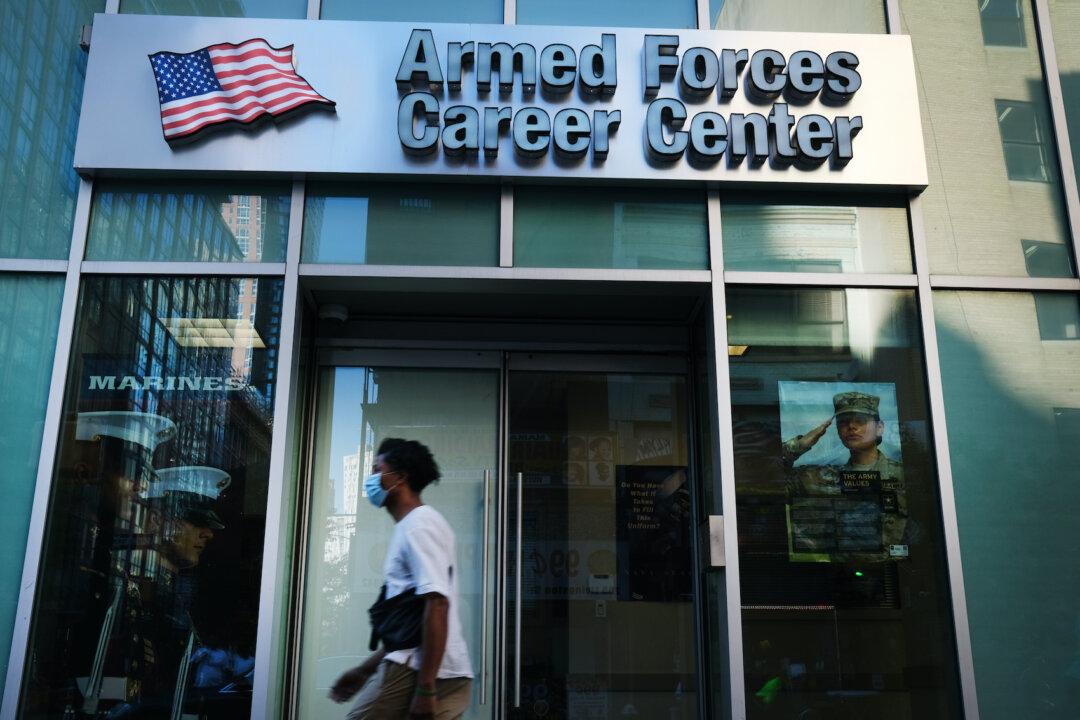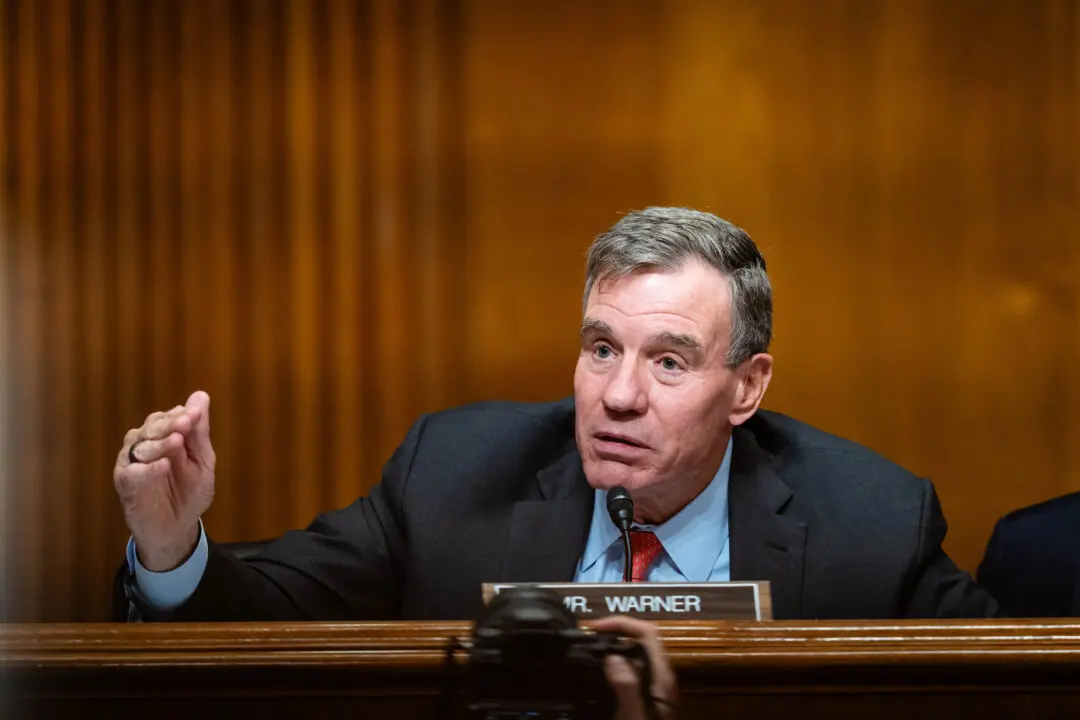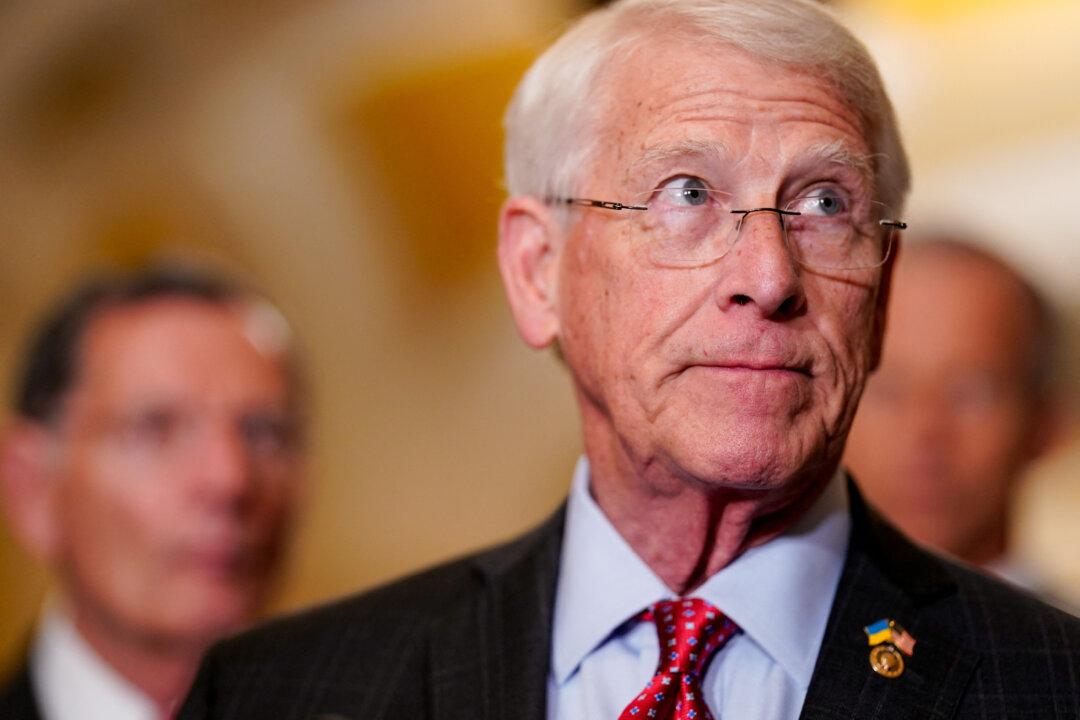The U.S. Air Force expects to miss its goal of recruiting new active-duty personnel by about 10 percent when the fiscal year draws to a close at the end of the month.
Air Force secretary Frank Kendall has been projecting the 10 percent recruiting shortfall for months and, in a Monday interview with Military.com, said that’s still the expected outcome when the fiscal year ends on Sept. 30.





